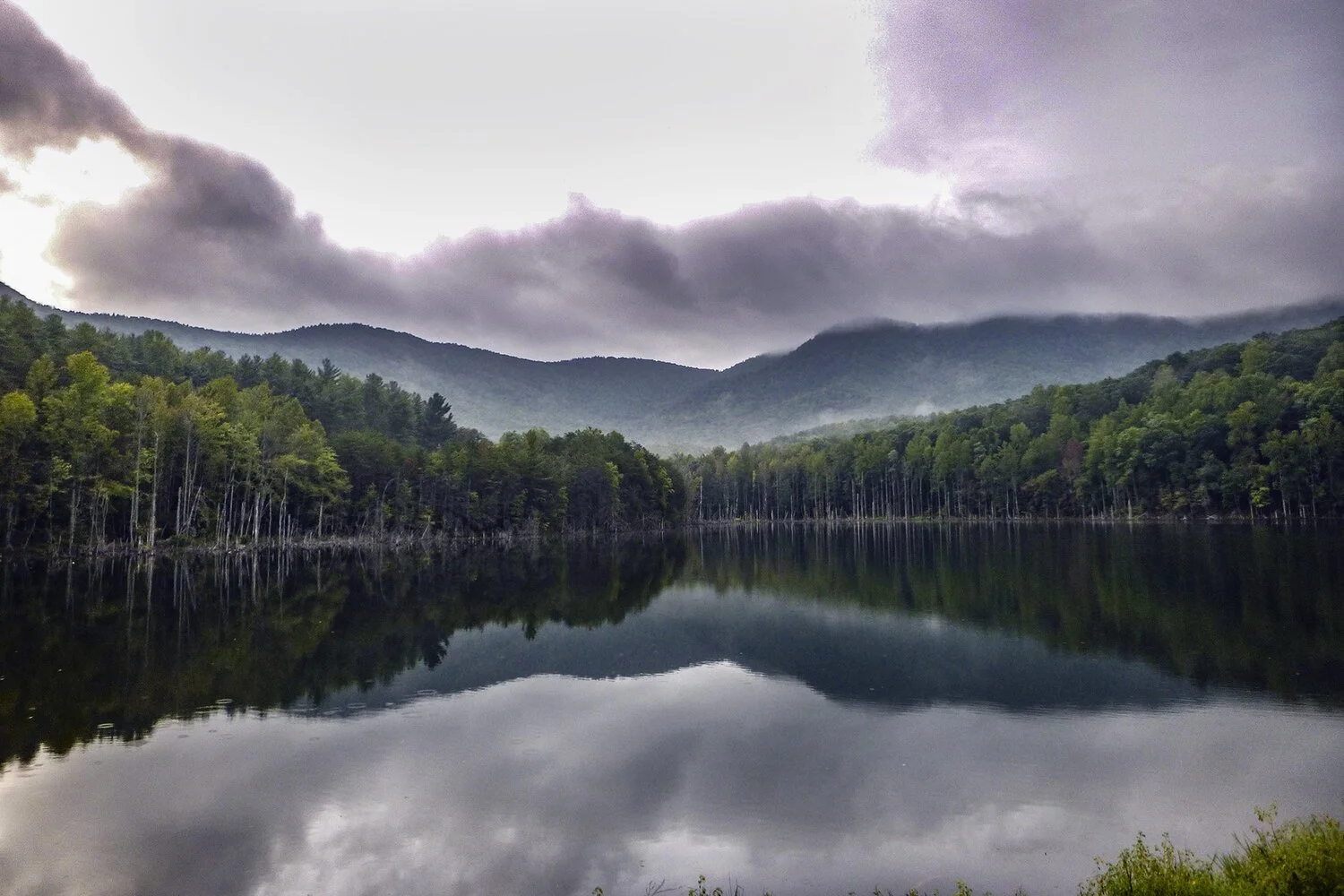Leave Them Be
/Animals can be very obvious problems for bridge inspectors in the field, but plants cause far more trouble. Toxic plants like poison ivy, poison oak, and poison sumac are prolific in areas where inspectors work. All three hazards can cause rashes after contact. Worse, they're not always easy to distinguish. Here is a helpful guide to local toxic plants that grow in the NC area.
Poison Ivy
Poison Ivy
Poison ivy is probably the most recognizable toxic plant in the nation. In North Carolina, it’s the one we’ll most likely stumble upon while inspecting a bridge or culvert. What some people don’t know is poison ivy can be either a shrub or a vine. For us, vines are more troublesome. While we’ve all been cautioned against shrubs with three leaves and white berries, the vine isn’t something we’ve been taught much about. It’s easy to hold and move a vine out of our way without realizing what we just touched. Worse, poison ivy vines can grow up to 60 feet long. So while the shrubs can usually be avoided, vines can easily cover the walls and entrance of any bridge and culvert we inspect.
When identifying poison ivy, it’s best to focus on the old maxim “leaves of three, leave them be” with any plant we find. Poison ivy is easily identified by the three compound leaves, with one having a longer stem than the others. If you’re close enough, you can see the little hairs coming out from the stems and the white berries which tend to stand out against everything else.
Poison Oak
Poison Oak
Like poison ivy, poison oak is fairly common in North Carolina. It is also able to grow as either a bush or a vine. The differences between poison ivy and oak are in the appearance of the leaves and how long it takes for a rash to form. True to its name, the leaves of a poison oak look like normal oak leaves, just usually appearing in clusters. When attempting to identify poison oak, the rule of “leaves of three” still holds, mostly. However, poison oak’s leaves can also be in clusters of five or seven as well. Generally, it’s best to use the white berries and the shape of the leaves to identify it. A vine with oak leaves growing over a culvert is probably not something that should be touched with bare hands.
While contact with poison ivy will form a rash within 12 hours, poison oak can take a few days, making it more difficult to be certain of where contact took place, if the plant went unnoticed.
Poison Sumac
Poison sumac is considered the most toxic plant in the US. Unlike these other toxic plants, which are found all over the country, poison sumac mostly grows in the Southeast. Since it’s not as common as the other two, and doesn’t grow in places people usually visit, it’s easily missed. It prefers wetlands and swampy areas, which, while good for hikers and the general public, can be a problem for inspectors or stormwater engineers. When these kinds of staff are inspecting the wetland around a location, they run the risk of encountering the plant if they’re not careful.
Poison Sumac
Most of the rules around quick visual identification of toxic plants don’t apply to poison sumac. Poison sumac tends to look like a bush, but, if allowed to grow, it will start to look like a tree. Poison sumac also doesn’t have three leaves, but rather can be identified by long clusters of ten or more leaves, all growing on opposite sides, except for the single center leaf. Like poison ivy and oak, however, it does possess the same white berries that stand against the foliage. Since there is less ways to be certain if a plant is poison sumac, it’s best to avoid large, leafy shrubs when doing inspections in wetlands, or be careful to wear protective gear when near them.
Exposure
Exposure to any of these plants will create similar issues. Contact with poison ivy, oak and sumac will all result in a similar red rash that spreads over the skin, causing pain, itchiness and discomfort. Sometimes, in the case of a bad exposure, blisters will form, which can be both painful and cause scarring if they are not kept clean. Usually, the rash will last between 14 to 21 days, depending on if you’ve been exposed before, and on your body’s own immunities.
Precautions
At A&O, we like to focus is on prevention. While the easiest way to keep from contact with these plants is to be able to recognize and avoid them, we also try to always wear long-sleeved shirts and gloves when in the field. We are aware that vines can either sometimes be poison ivy or oak, or merely unstable, so we avoid direct contact with them, if possible. We also tape our cuffs or collars to protect our skin as a final precaution against contact with toxic plants, since leaves can get caught in these places and later cause damage.
If we know that our clothing has come in contact with poison ivy, oak or sumac in the field, we either clean the contaminated clothing with a strong alkaline soap or, if necessary, dry clean them as a sure-fire way to eliminate all contaminants. Tools that were used and possibly contaminated are treated with either laundry soap or paint cleaner. Because the residue that toxic plants leave behind is oil based, it is especially durable and resistant to most methods of cleaning, so it’s necessary to use more than just regular hand soap.
First Aid
No matter how careful we are, there is always a chance someone will come in contact with a hazardous plant. If that happens, the best way to handle it is with a mix of heavy-duty soap, hot water, and over-the-counter medications meant to treat the rash caused by poison ivy, oak or sumac.
We don’t recommend the use of rubbing alcohol as a remedy. While it is effective in removing the oils from the plants, it can also strip the skin of its natural protection, which can make re-exposure more likely.
However, if the rash lasts longer than two to three weeks, or if it’s spreading nearer to the eyes, we recommend going to the doctor as soon as possible.
Conclusion
There’s no way to completely avoid plant life when in the field. However, by taking precautions and taking the time to learn about the more dangerous plants we encounter, we can avoid or minimize the effects.









